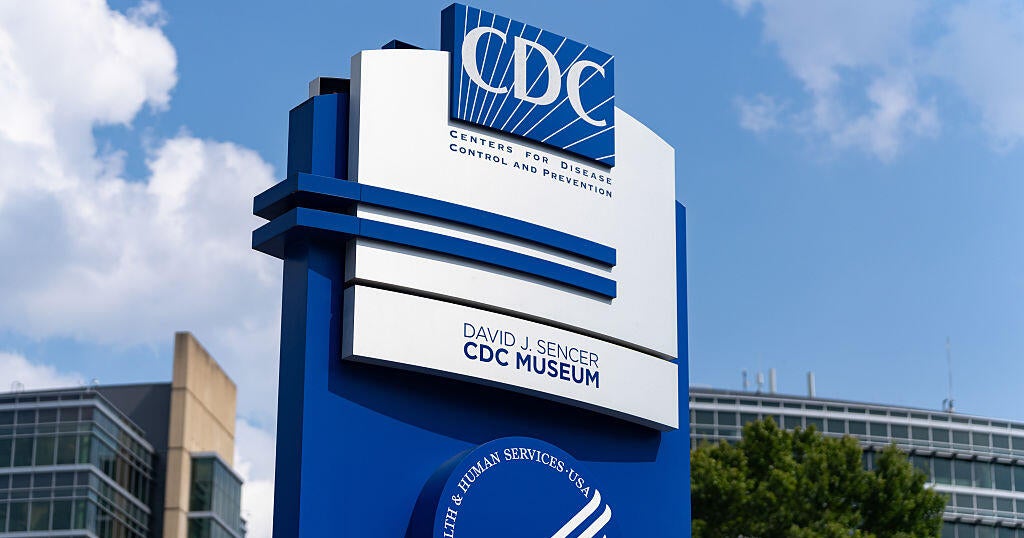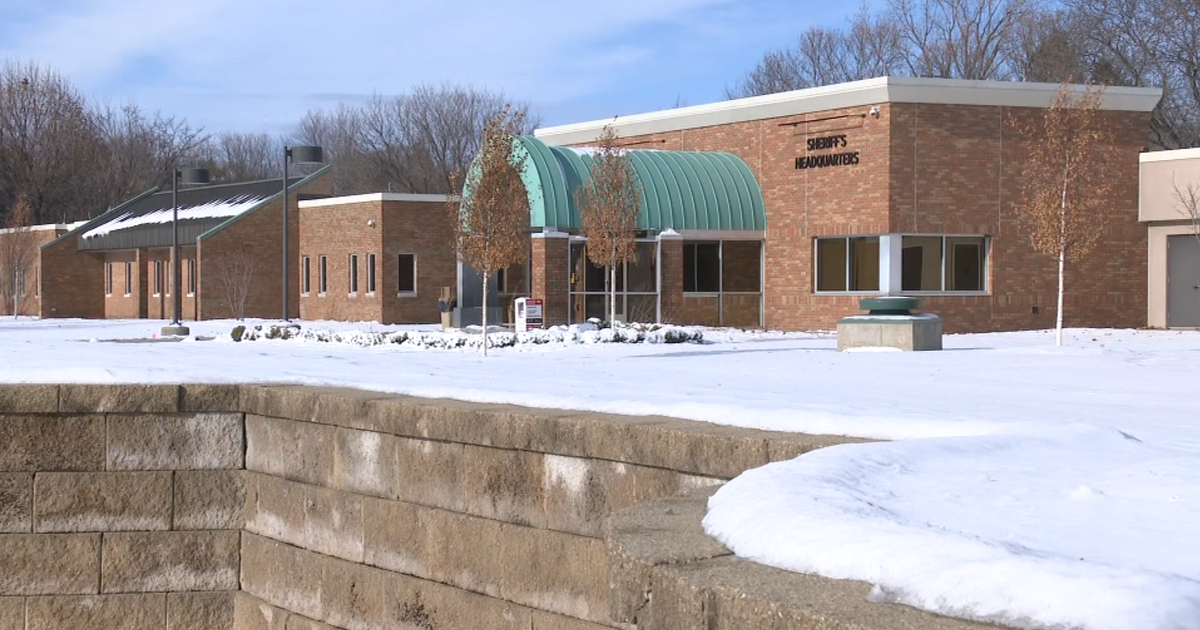New CDC reports find "test to stay" policies can help children stay in school, but barriers exist
Schools that allowed unvaccinated students exposed to COVID to stay in school as long as they continuously tested negative and followed mitigation measures were able to reduce the time students lost in the classroom and limit the spread of the virus, according to two reports released by the Centers for Disease Control Friday.
The practice — commonly known as "test to stay" — is designed to limit the number of kids who have to stop in-person learning and quarantine by allowing students to stay in school if they're exposed to a positive case as long as they consistently test negative for the virus.
In one report, the agency assessed the use of the practice in Lake County, Illinois, from early August through October. During this period, more than 250 positive cases were identified, resulting in more than 1,000 close contacts that qualified for the "test to stay" program. Nearly 97% of students who qualified for the program participated.
The CDC found that among close contacts who participated in the program, 16 ultimately tested positive, none of whom spread the virus to other school-based contacts (although nine tertiary cases were reported among household contacts of the 16 secondary cases. Secondary exposure occurs when a person is directly exposed to a person who has had direct contact with someone who has contracted COVID. A tertiary contact takes place when a person is exposed to someone with secondary exposure). The agency also found that students participating in the program preserved more than 8,100 total school days.
In Los Angeles, the agency found similar results and said the ratio of COVID-19 incidence among students in schools utilizing test-to-stay strategies, compared to those that did not, were similar before and after implementation. Schools that did not implement test to stay measures lost more than 90,000 school days as a result of quarantines over the course of the study period (September 20 through October).
"Taken together, these findings reinforce the usefulness of TTS for helping to maintain in-person learning in school," the authors reported.
While the results suggest the strategy has benefits, the CDC stopped short of formally recommending the practice and noted that barriers exist to implementation. It demands substantial resources, both in terms of staffing and access to tests and "may not be a viable option for every school." In Los Angeles, only one in five schools participated in the program, and those that didn't cited resource-related reasons for opting out.
The CDC is including the policy as an added preventative layer schools may consider, in addition to masking and vaccination.
"School district administrators and local public health agencies should make efforts to ensure that such Test-to-Stay strategies, if offered, are available in an equitable way among students and across schools," the agency wrote.
At least seven states have given schools the option to institute the policy in some form, although specific recommendations have varied. In Massachusetts, "test to stay" was implemented in late July, ahead of the new school year, and if used, it requires daily tests for close contacts. The Illinois state board of education says schools may also follow "test to stay," but it advises that students should be tested on days one, three, five and seven following exposure.
Others, like California and Washington, require at least two tests a week. In Utah, the practice is required by law for schools that meet a specific case threshold.
CDC Director Dr. Rochelle Walensky had said in October that the agency was considering such guidance, calling the practice "a promising potential new strategy for schools."
The updated guidance comes as federal officials reportedly expect demand for testing to soar in the coming months. Abbott, one of the leaders in rapid test diagnostics, said in a statement that it is making more than 50 million tests a month and can produce even more if necessary. According to data from the CDC, the CDC is performing nearly 1.4 million PCR tests per day, a likely undercount of the total number of tests performed daily, given that the agency is not tracking rapid antigen tests.
COVID cases among children have remained high since a late summer surge. At least 100,000 cases have been reported among kids each week for the past four months and there was a nearly 24% rise in cases reported the week ending December 9 compared to the week before.
According to new data from the National Center for Education Statistics, as of December, nearly 100% of public school students were offered in-person instruction and 99% of fourth and eighth graders attended full-time in-person learning.
In March, following the passage of the American Rescue Plan, the Biden administration announced it was investing $10 billion to assist schools with their testing programs for students and staff.







